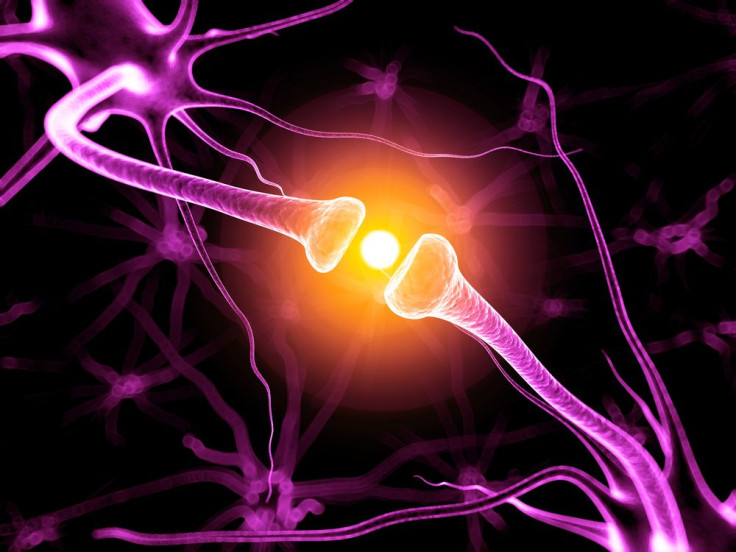The Brain's Neurons Balance Excitement, Inhibition, In Order To Remain Healthy

Without neurons, our brains would just be a mass of jelly lodged inside our heads. These billions of electrically excitable cells control not only our responses to internal and external environments, but they also maintain internal balance within the brain. Now, a group of researchers at the University of California, San Diego School of Medicine have determined the processes neurons undergo to maintain brain circuit function, and it involves a balance of excitation and inhibition.
The study, published in the journal Nature, shows that the excitation-to-inhibition (E/I) ratio is always constant. This means that the number of connections the brain's neurons make with excitatory neurons tends to equal the amount of inhibitory neurons. An imbalance in this ratio is thought to be responsible for conditions like Down syndrome, and excessive excitation has been linked to seizures while too much inhibition has been shown to block learning and memory function.
The E/I ratio has been known to be constant in individual neurons, but this study shows that it is constant across multiple neurons in mice's cortex, which could be the case in humans too, since the fundamental architecture of mammalian brains is the same across species. "Neurons in our brain drive by pushing the brake and the accelerator at the same time," said Dr. Massimo Scanziani, professor of neurosciences and a Howard Hughes Medical Institute investigator, in a press release. "This means that there is no stimulus that you can apply that will activate purely excitatory neurons or purely inhibitory ones."
"There is always a tug-of-war. It's weird but very clever. It allows the brain to exert very subtle control on our response to stimuli," he said. So, it inhibits uncontrolled neuronal firing (excitation) and permanent quiescence (inhibition) because excitation and inhibition controls always come together.
Through experiments, the scientists concluded that the inhibitory neurons maintain this constant E/I ratio across the neurons by appropriate strengthening or weakening of inhibitory synapses. A synapse is a structure between two neurons that allows one to pass a signal to another. Synaptic strength refers to the degree that a passed signal is amplified in the juncture. "Our study shows that the inhibitory neurons are the master regulators that contact hundreds or thousands of cells and make sure that the inhibitory synapses at each of these contacts is matched to the different amounts of excitation that these cells are receiving," Scanziani explained in the release.
If, for example, the level of excitatory stimulation that a nerve cell is receiving is doubled, the inhibitory synapses over a period of a few days will also double their strength. Changes in the E/I ratio are often at the core of neurological disorders like autism, epilepsy, and schizophrenia, and neurodegenerative diseases like Parkinson's disease. "If this E/I balance is broken, it completely alters your perception of the world," Scanziani said. "You will be less able to adjust and adapt appropriately to the range of stimulation in a normal day without being overwhelmed or completely oblivious, and E/I imbalances may be most easily noticed in social interactions because these interactions require such nuance and subtle adjusting."
The scientists now hope to discover the reactions that occur, and go wrong, with neurological diseases characterized by a distorted E/I ratio. They also hope to find ways to restore the balance through new treatments.
Source: Scanziani M, Xue M, Atallah B. Equalizing excitation–inhibition ratios across visual cortical neurons. Nature. 2014.



























